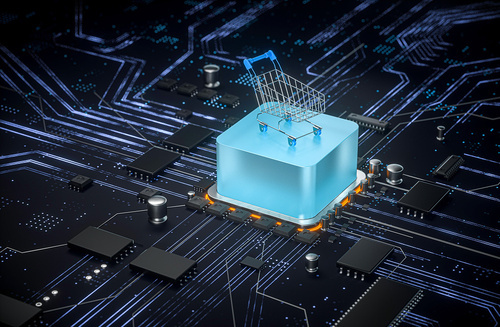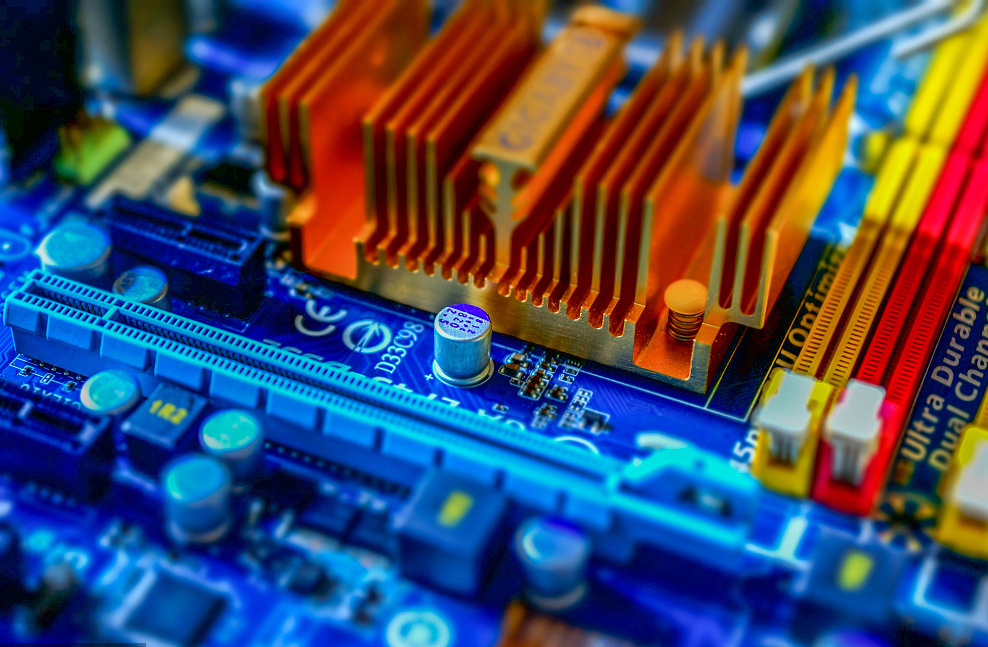What is LED PCB? What are the application areas of LED PCB?
2022-09-23
LED is the abbreviation of Light Emitting Diode, which is a semiconductor diode. LEDs are soldered to a printed circuit board and come with a chip that produces light through electrical connections.

LED is the abbreviation of Light Emitting Diode, which is a semiconductor diode. LEDs are soldered to a printed circuit board and come with a chip that produces light through electrical connections. A thermal heat sink and a ceramic base are used to connect the chips. Needless to say, LED PCB is the core of LED lighting, an LED PCB is prone to generate a lot of heat, but it is difficult to cool it with traditional methods. Metal core PCBs are widely used in LED applications because of their strong heat dissipation capabilities, especially aluminum is often used for PCB production of LED lights. Typically, aluminum PCBs contain a thin layer of thermally conductive dielectric material that can transfer and dissipate heat much more efficiently than traditional rigid PCBs.
SMD packaging is currently the most widely used packaging form in LED applications. Generally speaking, the light emitted by a single LED assembly is limited. So a light fixture will use multiple LED components to get enough light. Like other semiconductor devices, PCBs are the best way to electrically connect LED components. PCBs with LED components are often referred to as "LED PCBs".
Advantages of LEDs
Lower power consumption: Replacing incandescent lamps with LED lamps can reduce power consumption by more than 80%.
Longer lifespan: The lifespan of LEDs can generally exceed 20,000 hours and can be used around the clock for 3 years, 25 times longer than incandescent lamps. Not only can you save costs, but also reduce the frequency of replacement.
Higher Efficiency: Incandescent lamps emit more heat. LED lights can reduce this by up to 20%. This shows that unnecessary heating can be reduced while using more powerful LED lights.
Smaller size: Due to its small size, LED lights can have various sizes and can be applied in different places respectively. Manufacturers can add LEDs to anything, whether it's electronics or cars, even traffic lights and signs on the road.
Environmentally friendly: Compared to other bulbs, LED lights do not contain mercury. So, LEDs have less impact on the environment and are easier to handle.
Where can LED PCB be applied?
PCB LED light has excellent energy efficiency, low cost and maximum design flexibility, so it can be incorporated into many lighting applications.
Telecommunications: Due to the surrounding machinery, LED indicators and displays are always used in telecommunications equipment, and they have great heat transfer capabilities. Therefore, aluminum-based LED pcb plays an important role in its application.
Automotive: Aluminum PCB LEDs are also used in automotive indicator lights, brake lights and headlights, among other applications. There are a few factors that make aluminum pcbs ideal in the automotive industry, such as durability and competitive pricing.
Computers: LED displays and indicator lights are becoming more and more popular in computer applications. Due to the thermal sensitivity of computer machinery, aluminum PCB LEDs are an ideal solution. Besides LED applications, aluminum pcbs are also used in computer components such as power supply devices and CPU boards because of their ability to dissipate and transfer heat.
Medical: Lighting tools used in surgical procedures and medical examinations usually use high power LED lights, these LED lights usually use aluminum PCB, mainly because of the durability and heat transfer ability of aluminum PCB LEDs - which ensures the normal operation of medical equipment Runs regardless of the number of patients circulating in the infirmary. In addition to lighting tools, aluminum PCBs are often used in medical scanning technology.
Key words:
Previous Page:










